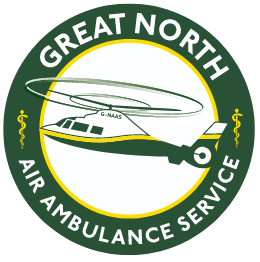Did you know that our critical care team often work closely with several other emergency services? From police to mountain rescue teams to local ambulance services, it’s a big team effort.
Here we shine the spotlight on some of the services we have the privilege to work alongside:
Ambulance Services
During the day, we have a HEMS dispatcher operating our airdesk, where they monitor the emergency calls from the North East Ambulance Service (NEAS) and North West Ambulance Service (NWAS) while they are ongoing.
The calls are monitored to help identify which patients are in most need of GNAAS’ help and require urgent critical care interventions only delivered by our team.
If the dispatcher thinks there’s an incident our team should be going to, they can ask the 999 call taker questions to try and get a little bit more information, which will help them decide if the team need to be dispatched.
The majority of the time, if an ambulance service requires our team’s assistance, they will directly ring our airdesk, and our team will be dispatched quickly to the scene.
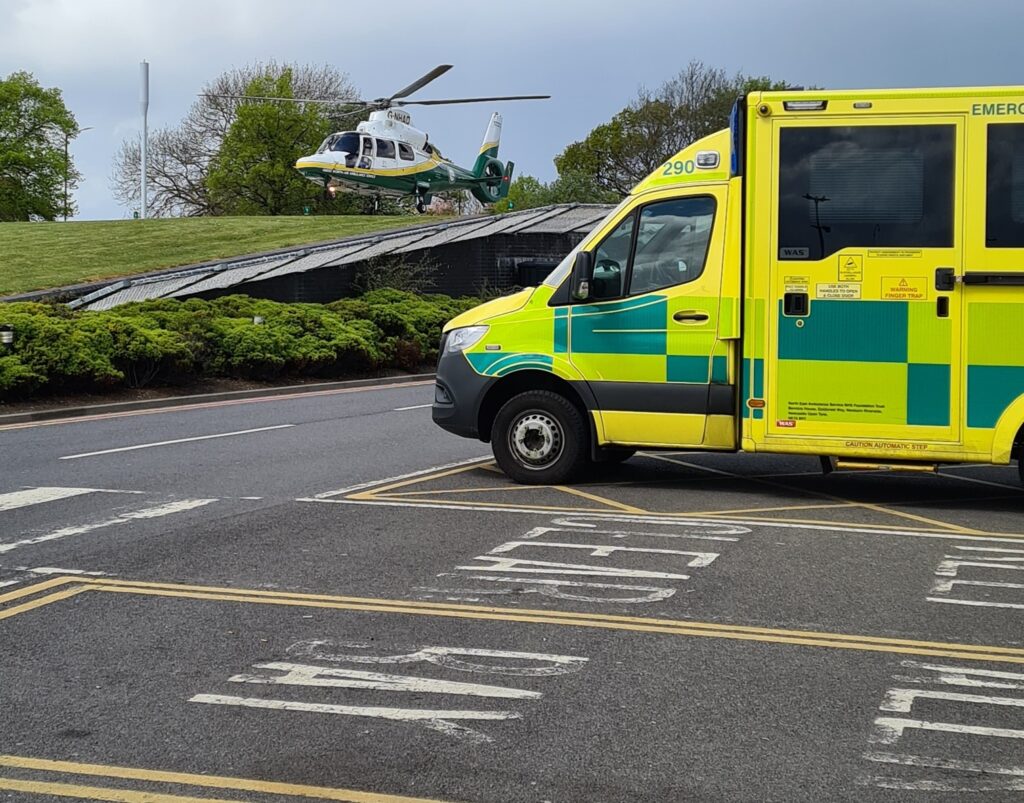

Once on scene, our paramedic and doctor team will work alongside the team from the ambulance service to assess and treat either one patient or several patients.
Depending on the distance from the scene to the hospital, patients may be taken in a land ambulance, but accompanied by our team, rather than being airlifted.
For those who don’t know, NEAS recently starred in a series of BBC’s Ambulance, and on some of the episodes it shows them working alongside our team to provide the best care for our patients.
As well as attending incidents in the North East and North West, our team also cover North Yorkshire, the Scottish border, and the Isle of Man, and work alongside the relevant ambulance service for each of these areas.
Fire and Rescue Services
Fire and Rescue Services are often associated with extinguishing fires and protecting life and property in the event of fires, but they also play a pivotal part in emergencies such as road traffic collisions.
Road traffic collisions are the most common type of incident our critical care team responds to, and they are often assisted by the local fire and rescue service who help to safely extricate injured drivers and passengers from their vehicles.
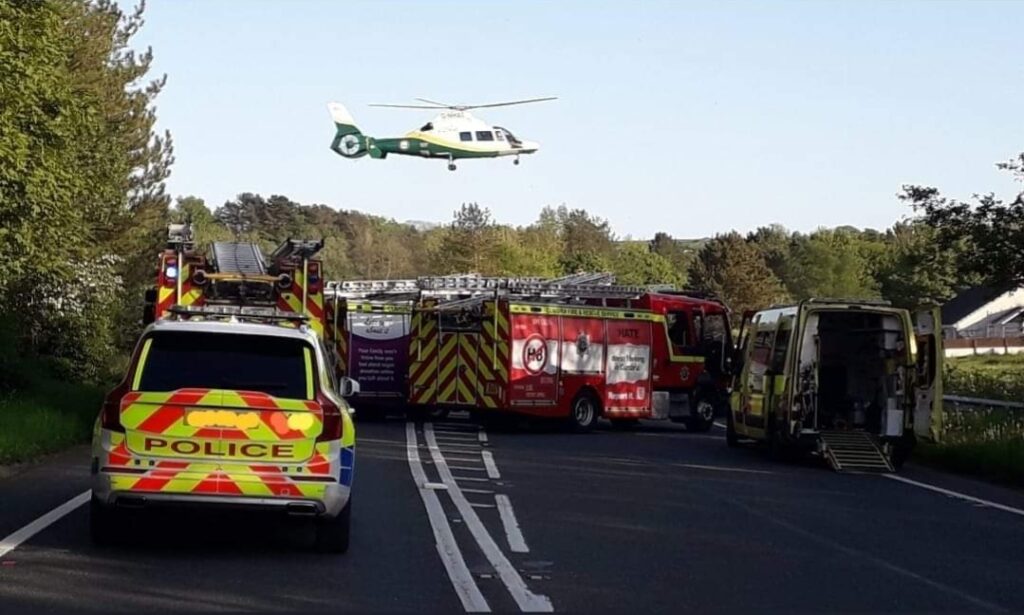

When extricating patients from vehicles, the fire and rescue service need to take into the consideration what injuries the patient or patients may have and how time critical it is to get them out of the vehicle.
In many cases, the roof of the vehicle is cut off to allow our team to gain better access to the patient and administer the necessary pain relief.
The teams will then work together to remove the patient(s) from the vehicle and place them on a stretcher, so our critical care team can provide any further treatment.
The Police
Police will attend road traffic collisions where someone is injured or there is a risk to other traffic on the road. Their responsibility is to ensure the safety and wellbeing of all involved including other traffic wishing to navigate around the collision.
If our critical care team is activated to the scene of a road traffic collision, and are responding on a helicopter, the police will coordinate closing the road to allow our helicopter to land close to the scene.
For incidents where the helicopter is unable to land close by, the police have often picked up our doctor and paramedic and driven them to the scene of the incident.
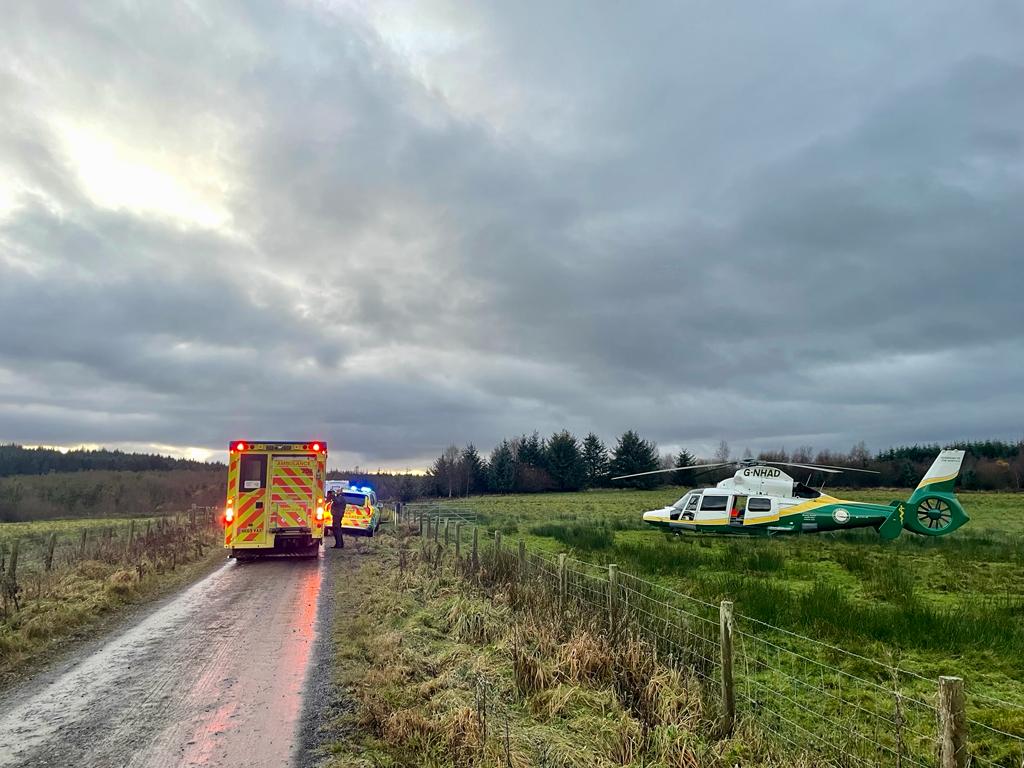

In addition to road traffic collisions, our critical care team will encounter police while responding to other types of incidents, including those involving self-harm and assault. While dealing with traumatic injuries is a common occurrence for our team, it usually makes up just a small fraction of a police officer’s job.
In the past our team have delivered training to firearms police to help equip them with the medical knowledge needed to care for critically injured patients before they arrive on scene.
Mountain Rescue Teams
Mountain rescue team members are on call, 24 hours a day, 365 days a year to help recover climbers from precipitous crags, reunite lost walkers with their pals and ensure injured and sick casualties are safely delivered into vital hospital care.
They all have a basic level of first aid which enables them to assess a patient’s airway, breathing and circulation, and provide treatment including pain relief.
There are several mountain rescue teams in the North which have worked alongside our team, who provide the manpower and local knowledge needed to help coordinate a rescue in a rural area.
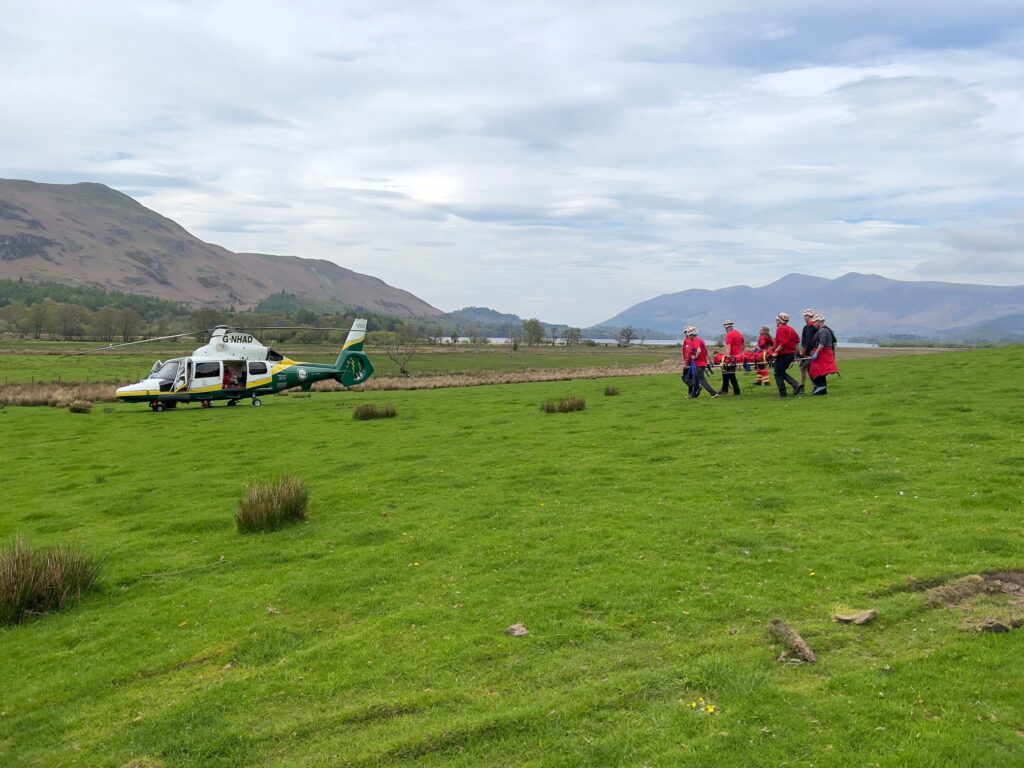

The team members often help carry patients on a stretcher to the helicopter, as it can be difficult for our pilots to find a suitable landing site close by, depending on the remoteness of the location.
They can also look after the patient’s family and friends who may have been with them at the time of the incident, and keep them informed about the injured person, as well as help direct them to a less rural location.
Coastguard
HM Coastguard coordinates all maritime search and rescue operations in the UK through a network of coastguard stations, operating 24 hours a day. Staff in operations rooms coordinate the response to a variety of incidents from lost or missing people to climbers stuck on cliffs or vessels missing at sea.
In an emergency they may send a coastguard rescue helicopter, coastguard rescue teams or lifeboats.
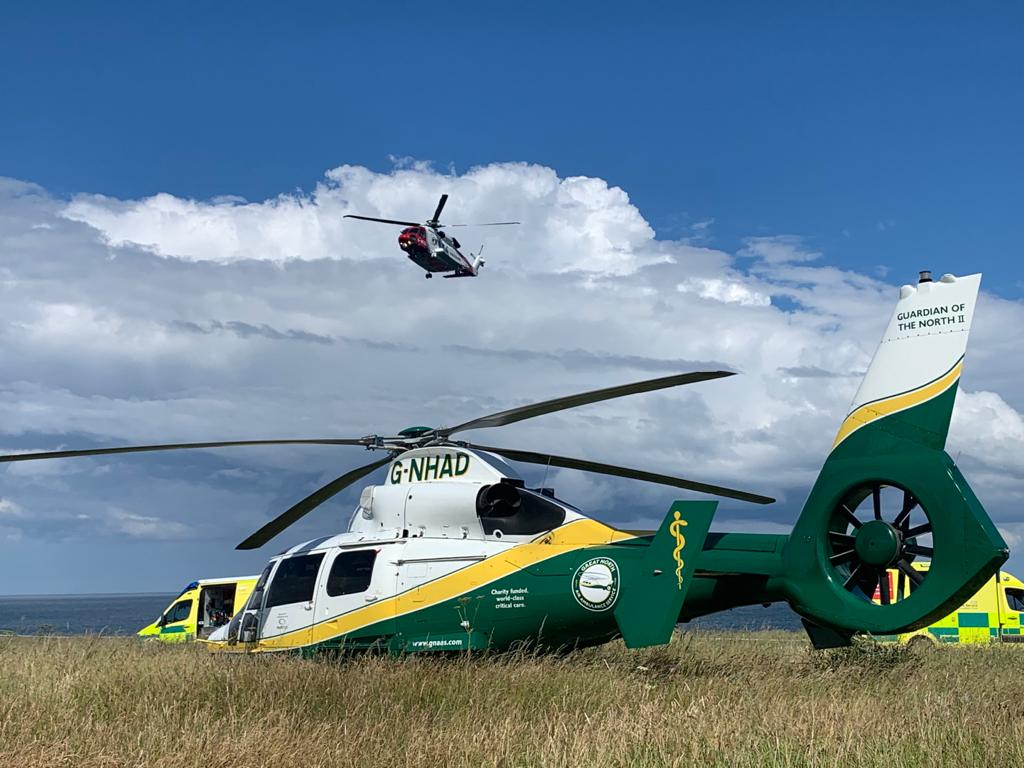

The coastguard helicopters are regularly called out to incidents on the water and along the coast, as well as to help with inland rescues where a helicopter is needed, such as mountain rescues.
While our helicopters are great at getting our team quickly to the scene and transporting patients to hospital, they do not have winching capabilities like the coastguard helicopters.
In some instances, our team will assess and treat a patient, but due to the remote location of the incident, it may be difficult to extricate the patient from the scene, so a coastguard helicopter will be requested to winch them onboard their aircraft and fly them to hospital for further treatment.

